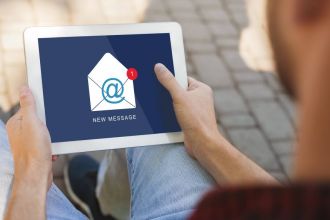Known and unknown customer data: unification
The unification of customer data is one of the main concerns in marketing today. It is a complex and often costly process, but it is essential in order to deliver a personalized and efficient user experience.
Customer data can be divided into two categories: known and unknown data.
Known data refers to data that the customer has voluntarily provided, such as name, address, telephone number or e-mail address.
Unknown data, on the other hand, is data that the customer has not provided voluntarily, but that can be inferred from their behavior, such as their preferences or interests.
Unifying customer data is essential to delivering a personalized user experience. In fact, according to a study conducted by Salesforce, 91% of consumers expect brands to deliver a personalized experience. Furthermore, the same study indicates that 86% of consumers would be willing to stop shopping in a store if the shopping experience was not personalized.
Although unifying customer data may seem like a costly and complex process, there are tools and solutions that can simplify the job. In particular, marketing should make use of big data and machine learning technologies, which are capable of analyzing large amounts of data quickly and efficiently.
In short, unifying customer data is essential to deliver a personalized user experience. Although it may seem a costly and complex process, there are tools and solutions that can simplify the job.



